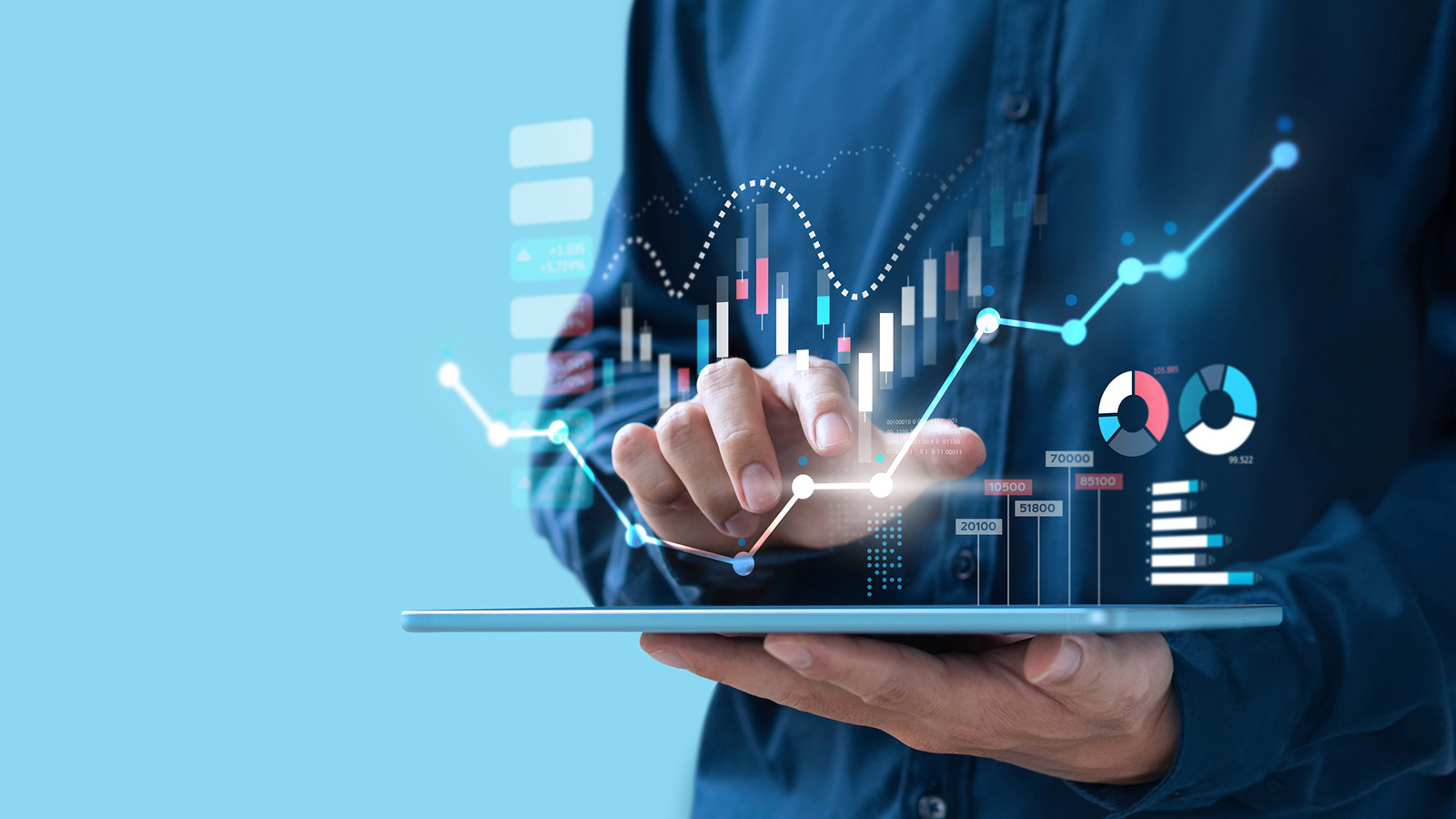Top Internet of Things Trends to Watch
21 Jan 2022
New trends are arising all the time, especially at the cutting edge of emergent technology like the Internet of Things (IoT).
A means of connecting people, machines, processes, data and the physical world through the internet, IoT will become more than just a network of connected physical devices. It will be a hot topic in 2022, and in the next few years, as well as transform the ways companies and consumers interact and in doing so, the way we all live and work. For example, companies are harnessing the power of IoT, big data, cloud computing and predictive models to adjust and optimize operations in real-time.
Connected devices and big data analytics are important pillars of any modern digital business strategy. As such, IoT is set to make a big impact in the near term, including by improving business efficiencies and enhancing customer experiences. With that in mind, here are the latest IoT trends with a view to future developments.
Superlative customer experience
As the digital transformation of companies gathers pace, the need to create and sustain customer loyalty will become paramount. The IoT is poised to deliver a consumer experience that's personalized, intuitive and dynamic. The technology is already transforming the way companies deliver products and services, and it will become a more powerful force in the customer experience space. The customer journey starts with awareness. This is where smart devices are used to interact with customers, and businesses can use the information collected through smart devices to deliver information that will be helpful to customers. Next, the customer enters the following phase of engagement and finds out about products or services that they are interested in and then makes a purchase.
Gartner forecasts that 25 billion IoT devices will be in use by the end of 2021, up from 7.4 billion in 2017. This trend will be driven by consumers looking for higher levels of service and value, and companies satisfying that demand, not just to out-do their peers, but to differentiate themselves and deliver higher customer satisfaction. This applies to everything from traffic to consumers trying to get movie times to being able to buy tickets. Banking and other industries are already transforming their communications by developing services that recognize individual habits, wants and needs.
For example, Hong Kong’s Pacific Place, a mixed-use development comprising a shopping center, office towers and hotels, partnered with Tekcent to recently roll out a customer reward management system that personalizes offers to customers’ individual preferences and tastes. Shoppers sign up via the Pacific Place Mobile App or the Member Portal, and then rewards are tailored according to the data received and analyzed. To achieve a great CX result, the key element of any loyalty system is serving the right content to the right user at the right time. Customers see gifts and rewards that suit their profile and persona instead of random suggestions. This personalization is designed to increase customer retention and boost repeat purchases, and as IoT devices proliferate, and the data is increasingly joined up, these types of personalized services will burgeon.
Banking and other industries are already transforming their communications by developing services that recognize individual habits, wants and needs.
Smarter buildings
Converged intelligent buildings are where connected solutions are really making headway. Using IoT, buildings can detect and solve problems without humans even being aware. It could be as simple as the connected thermostat changing your energy usage. Or, it could be a whole-building network sending alerts to maintenance crews or giving them the information they need to fix an issue. The 51-floor Duke Energy Center in Charlotte, North Carolina is a good example of a smart building in action. It’s capable of reusing some 10 million gallons of harvester water per annum and its internal daylight harvesting blinds track the angle of the sun so they bounce light further into the building.
Healthcare
IoT will take a more central role in healthcare in 2022. The growth of wearable tech and medical wearables will fuel the collection of data that will then be analyzed and used in services to enhance patient outcomes. Healthcare startups will create products such as smart scrubs and toiletries for healthcare professionals to track their heart rate and body temperature. Remote patient monitoring is the most widely implemented use of IoT in healthcare, and this application will be massively expanded with evermore sophisticated algorithms analyzing the data and suggesting treatments. Other exciting areas that are developing quickly are ingestible sensors that collect information from inside the body, robot-assisted surgery, and connected contact lenses and inhalers. IoT tech in healthcare is already at the point where virtual wards, through which care is provided remotely to patients in their homes, have been trialed in Australia and the UK.

Future IoT trends
The increasing presence of digital technologies opens up opportunities for more integrated experiences, but this comes with significant security challenges. The IoT ecosystem faces new challenges that have never before been seen in cybersecurity. The number of vulnerabilities is constantly increasing, from vulnerabilities in systems that can be exploited in many ways, to vulnerabilities within individual devices. With the device ecosystem becoming more and more complex, it will be challenging to protect both devices and their data. However, cyber-attacks and social engineering are still more likely to succeed than targeted threats due to the volume and variety of information in IoT systems. Nevertheless, we can expect to see a lot more effort being put into ensuring robust and secure IoT systems.
Another key development will be the roll out of low-power connectivity as the proliferation of IoT devices will place a big strain on networks. 5G, whose hardware is pricey and power-hungry, is not the only connectivity option for IoT devices. Researchers have already created a novel network that reduces the power consumption and cost of connecting IoT devices.
Lastly, IoT can make physical objects more efficient and productive by collecting data, analyzing it and then sharing that knowledge. New products and services will be developed to collect data about each product or service and feed the insights into future iterations.
Final thoughts
To succeed in the digital revolution, organizations need a comprehensive set of strategies to bring IT and operations together. As devices become part of an organization's ecosystem, so does the data that these devices collect, which requires a clear understanding of how to best use this treasure trove of information. Organizations will also need to build out new capabilities as IoT becomes a fundamental building block of the digital transformation.

